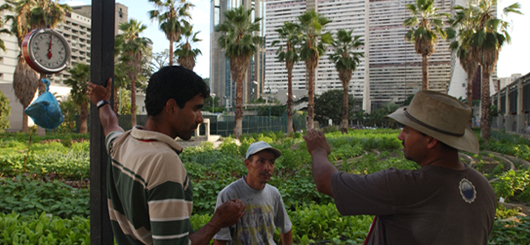Indicators
More balanced relationships must be established between different territories in order to achieve local sustainability therefore making it necessary to incorporate indicators to measure the different components of that new balance.
Below is a proposed system of indicators grouped into four basic components of rural–urban balance, which allow for the evaluation and monitoring of development actions and investment projects in a territory with urban centers.
1. Population
1. Population
- Decrease in the migratory balance
- Increase in the access to sanitation, education and training services
- Increase in the number of cultural goods and services
- Citizen satisfaction with the local community
- Amount of trained human resources / strengthened institutions
2. Economic activity
2. Economic activity
- Degree of rural productive diversification
- Increase in the employment rate
- Increase in local producers’ income
- Urban center as the commercial hub of the micro-region or territory
- Number of CDD (Community Driven Development) projects / production partnerships
3. Environment
3. Environment
- Increase in the number of protected natural spaces
- Increase in water quality
- Decrease in areas in risk of desertification and erosion
- Balance in the proportion of the areas used for residential purposes and economic activity
- Public space and livability of the populated areas, composed by 9 variables:
- 3 physiological: noise, atmospheric pollution, thermal comfort
- 3 perceptive: number of attractive activities, diversity of activities, green volume
- 3 ergonomic: accessibility, distribution of the daily space for driving and other uses, and the proportion of building height to width of the street
4. Government
4. Government
- Population covered by public investment in regional development
- Increase in the number of urban-rural associations
- Number of new regulations on territorial governance between rural and urban areas
- Number of public plans based on administrative and territorial coordination
- Decrease in disadvantaged areas

